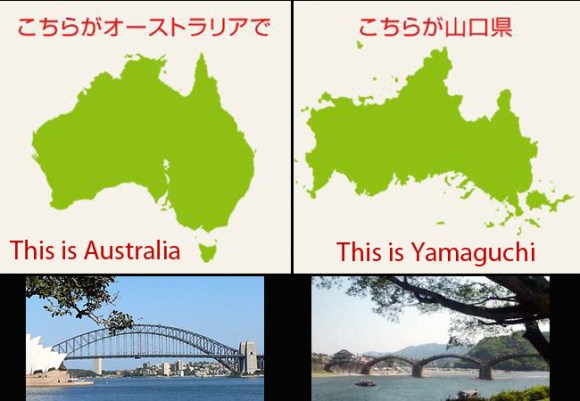
Move over, Land Down Under! The “Administrative District Down and Off to the Side” of Japan not only looks like you, but can go toe-to-toe with many of your attractions.
A few years ago, the official website for the rural prefecture of Yamaguchi revealed a startling discovery that its shape bore a striking resemblance to the Australian continent. Digging a little deeper they found that many of the features which make Australia great could also be found in Yamaguchi in more or less the same area.
Ayers Rock is the landmark sandstone formation in the center of Australia is a sacred place for the aboriginal people, who refer to it by its original name Uluru. Part of the reverence comes from the bountiful waterholes and cave shelters than can be found in the area. Nowadays, it is a popular tourist attraction for its natural beauty and ancient art.
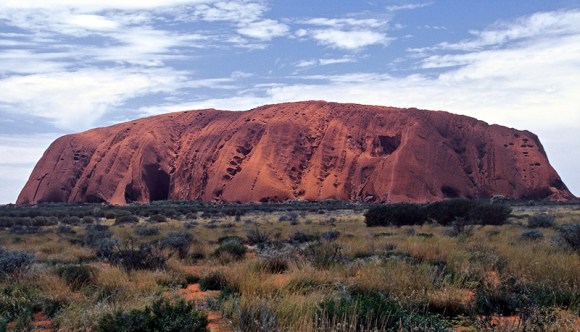
And right near the center of Yamaguchi Prefecture are the unusual rock formations of the Akiyoshidai plateau. This plateau consists of limestone forced up from below sea-level from tectonic movement, and while it’s not rich in waterholes like Ayers Rock, Akiyoshidai is a fountain of fossils and ancient artifacts to researchers.
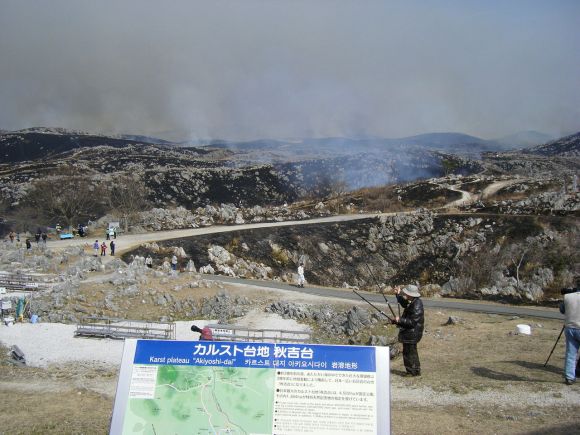
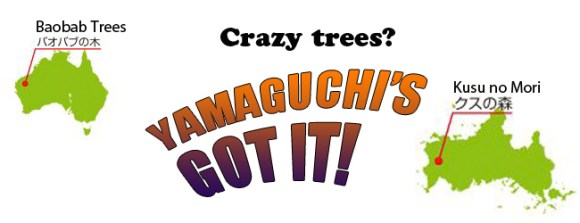
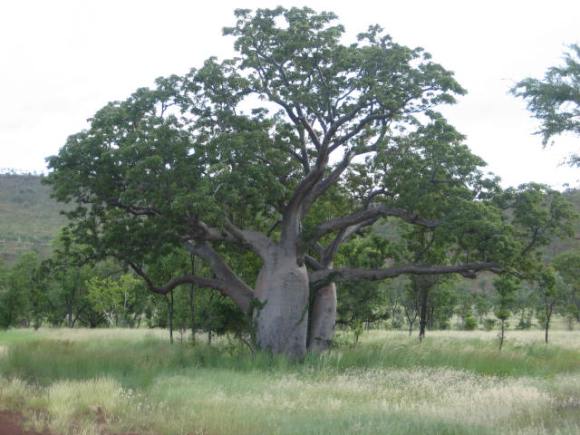
Boababs can be found in the west part of Australia and wouldn’t you know it? The west part of Yamaguchi Prefecture is home to the Kawatana no Kusu Forest. Although called a “forest” it’s actually just a single camphor tree that’s over 1,000 years old with a trunk that 11 meters (36 feet) in diameter and huge branches measuring up to 25 meters (82 feet) long.
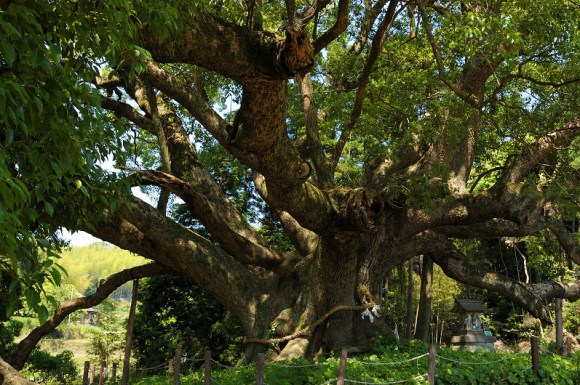
Chances are if you were to close your eyes and imagine Australia, the image of the Sydney Opera House next to the Sydney Harbor Bridge would spring to mind. And at just about the same location on the Yamaguchi Prefecture map you will find their landmark Kintai Bridge.
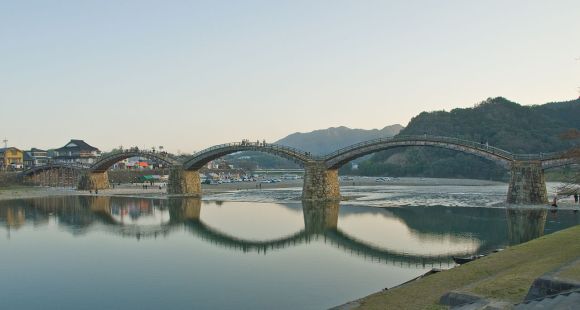
Although different in design and lacking the world renown of the Sydney Harbor Bridge, the wooden Kintai Bridge is over 300 years old and sure to leave a lasting impression. However, much like the Harbor Bridge, the Kintai Bridge is located near a thriving economic center. They have two soft-serve ice cream shops and a wide range of competitive fried potato croquette vendors.

Granted there’s no opera house by Yamaguchi’s bridge, but they do have some expressionist architecture in the way of the Shimonoseki Kaiyokan (Aquarium). It’s on the opposite side of the prefecture though which doesn’t unfortunately match up with Sydney. We are none of us perfect.
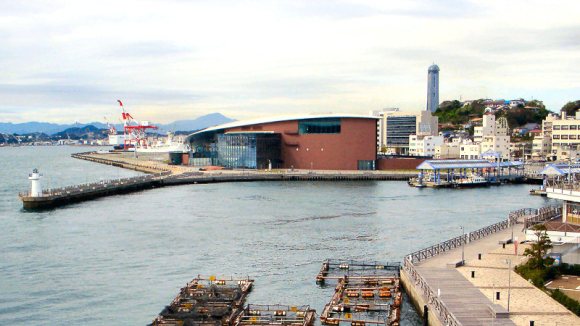
Along with kangaroos and koalas, emus are a symbolic animal of Australia. They’re even on the country’s coat of arms.
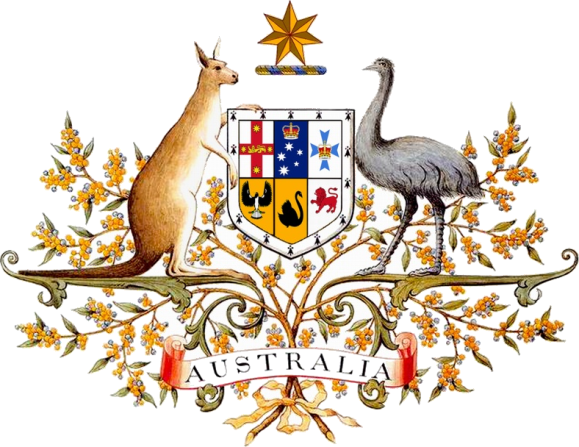
Yamaguchi Prefecture too has a bunch of emus tucked away on Futaoijima.
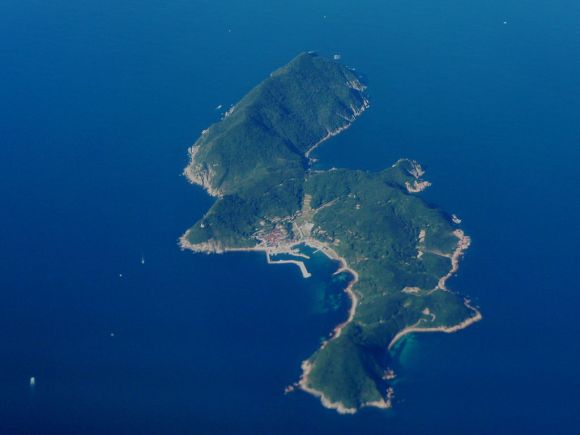
This island is home to only about 100 people but boasts a wonderful array of seafood and an emu farm. The directions to get there can be a little tricky though.
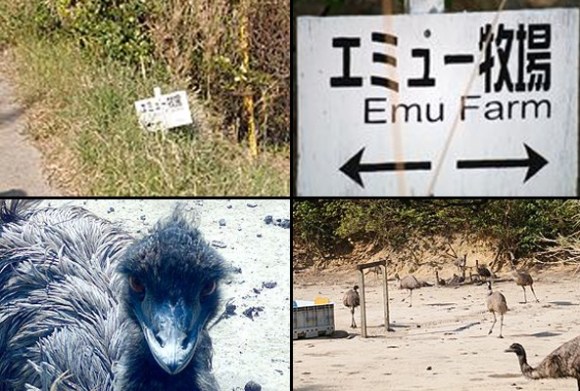
NOTE: According to the Yamaguchi website Futaoijima also boasts a sizable viper population. If you happen to be squeamish about such snakes, you may want to go in the winter months when they hibernate.
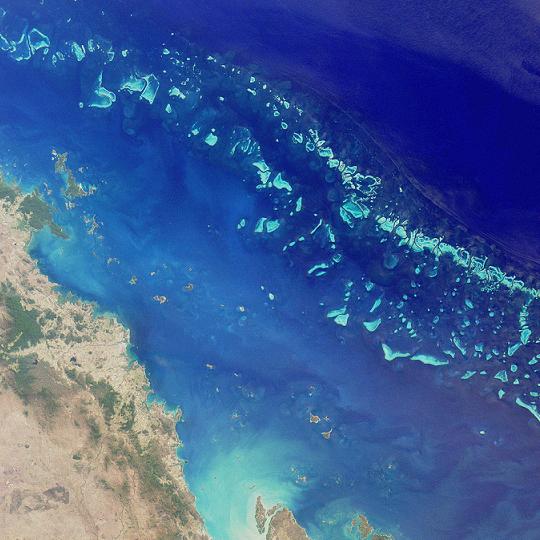
The Great Barrier Reef is a natural treasure of Australia that needs no introduction, but who knew that Yamaguchi also claims to have the world’s largest coral reef?
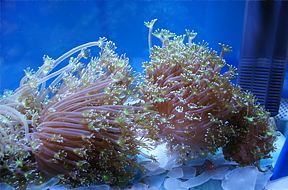
Okay, granted this is the world’s largest reef of, specifically, Alveopora japonica, also called Nihon Awasango (Japanese Daisy Coral). They don’t really look a whole lot like coral. Also, concrete data regarding Alveopora japonica populations in the world is not known. Nevertheless, if no one else is going to step up, Yamaguchi Prefecture’s just going to go ahead and say they have the most of these things.
Despite coming a long way in getting major franchises in recent years such as 7-Eleven and Pizza Hut. Yamaguchi Prefecture has still yet to get a Burger King restaurant opened.
However, if you want to get really nit-picky about it, Australia technically doesn’t have a Burger King either. Over there you’ll find Hungry Jack’s which is owned by Burger King and has almost the exact same logo, layout, and menu.
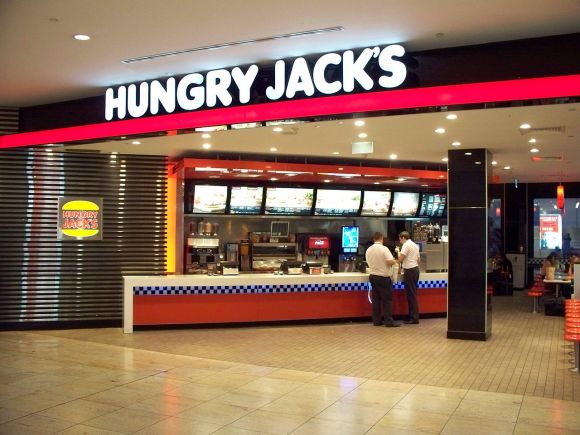
If Yamaguchi really wants to raise a stink about this we may call it a draw, but it’s probably better to call a Whopper a Whopper and just give this one to Australia.
In conclusion, it would seem the little old Yamaguchi Prefecture has pretty much every thing the entire continent of Australia has (except for Chicken Royales) in more or less the same locations. And while it is certainly no replacement for the full Australian experience, for those in Japan who lack the money to fly down under, it’s certainly a more affordable alternative.
Also for Australians who would like to see how your country would look in some alternate universe where everything is Japanese and smaller, Yamaguchi Prefecture is your place!
Source: Yamaguchi Prefecture via Twitter/@chaa_ruu (Japanese)
Top Image: Yamaguchi Prefecture (Edited by RocketNews24)

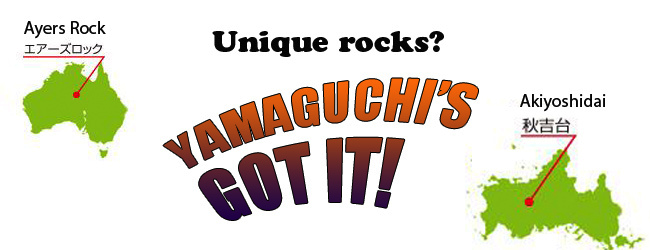
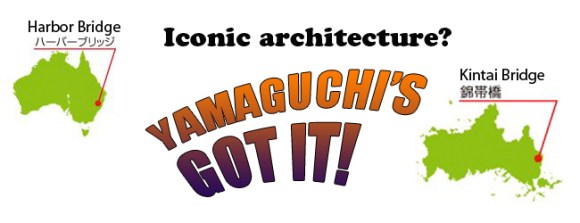
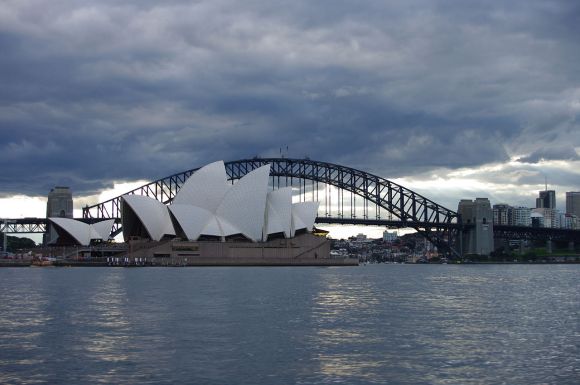
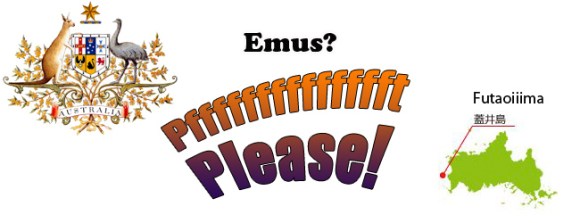
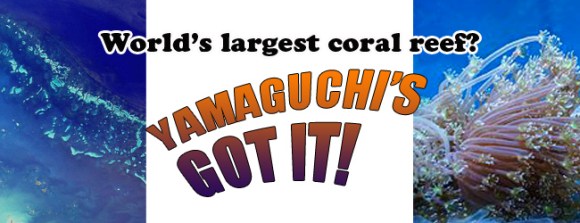

 Take a look at Tsunoshima Ōhashi, one of the most beautiful bridges in Japan! 【Pics】
Take a look at Tsunoshima Ōhashi, one of the most beautiful bridges in Japan! 【Pics】 3 male governors in Japan experience what life is like for pregnant women
3 male governors in Japan experience what life is like for pregnant women Japanese boy tries to wipe away the tears of assaulted idol singer he sees crying on TV
Japanese boy tries to wipe away the tears of assaulted idol singer he sees crying on TV Kansai area people more genetically predisposed to liking coffee than elsewhere in Japan
Kansai area people more genetically predisposed to liking coffee than elsewhere in Japan McDonald’s new Happy Meals offer up cute and practical Sanrio lifestyle goods
McDonald’s new Happy Meals offer up cute and practical Sanrio lifestyle goods All-you-can-drink Starbucks and amazing views part of Tokyo’s new 170 meter-high sky lounge
All-you-can-drink Starbucks and amazing views part of Tokyo’s new 170 meter-high sky lounge More foreign tourists than ever before in history visited Japan last month
More foreign tourists than ever before in history visited Japan last month Beautiful Sailor Moon manhole cover coasters being given out for free by Tokyo tourist center
Beautiful Sailor Moon manhole cover coasters being given out for free by Tokyo tourist center The oldest tunnel in Japan is believed to be haunted, and strange things happen when we go there
The oldest tunnel in Japan is believed to be haunted, and strange things happen when we go there Is the new Shinkansen Train Desk ticket worth it?
Is the new Shinkansen Train Desk ticket worth it? Starbucks reopens at Shibuya Scramble Crossing with new look and design concept
Starbucks reopens at Shibuya Scramble Crossing with new look and design concept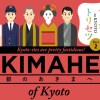 Kyoto has had enough of rude tourists, created an infographic to show how to visit politely
Kyoto has had enough of rude tourists, created an infographic to show how to visit politely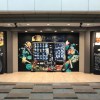 We found an underground Kyoto vending machine that sells multi-course French meals
We found an underground Kyoto vending machine that sells multi-course French meals Store employee uses barcode scanner to defeat knife-wielding robber
Store employee uses barcode scanner to defeat knife-wielding robber Disney princesses get official manga makeovers for Manga Princess Cafe opening in Tokyo
Disney princesses get official manga makeovers for Manga Princess Cafe opening in Tokyo We try out “Chan Ramen”, an underground type of ramen popular in the ramen community
We try out “Chan Ramen”, an underground type of ramen popular in the ramen community Beautiful new Final Fantasy T-shirt collection on the way from Uniqlo【Photos】
Beautiful new Final Fantasy T-shirt collection on the way from Uniqlo【Photos】 Foreign English teachers in Japan pick their favorite Japanese-language phrases【Survey】
Foreign English teachers in Japan pick their favorite Japanese-language phrases【Survey】 There’s a park inside Japan where you can also see Japan inside the park
There’s a park inside Japan where you can also see Japan inside the park Japanese convenience store packs a whole bento into an onigiri rice ball
Japanese convenience store packs a whole bento into an onigiri rice ball Studio Ghibli releases Kiki’s Delivery Service chocolate cake pouches in Japan
Studio Ghibli releases Kiki’s Delivery Service chocolate cake pouches in Japan Japan’s bone-breaking and record-breaking roller coaster is permanently shutting down
Japan’s bone-breaking and record-breaking roller coaster is permanently shutting down New definition of “Japanese whiskey” goes into effect to prevent fakes from fooling overseas buyers
New definition of “Japanese whiskey” goes into effect to prevent fakes from fooling overseas buyers Foreign passenger shoves conductor on one of the last full runs for Japan’s Thunderbird train
Foreign passenger shoves conductor on one of the last full runs for Japan’s Thunderbird train Our Japanese reporter visits Costco in the U.S., finds super American and very Japanese things
Our Japanese reporter visits Costco in the U.S., finds super American and very Japanese things Kyoto bans tourists from geisha alleys in Gion, with fines for those who don’t follow rules
Kyoto bans tourists from geisha alleys in Gion, with fines for those who don’t follow rules Studio Ghibli unveils Mother’s Day gift set that captures the love in My Neighbour Totoro
Studio Ghibli unveils Mother’s Day gift set that captures the love in My Neighbour Totoro Domino’s Japan now sells…pizza ears?
Domino’s Japan now sells…pizza ears? New Japanese KitKat flavour stars Sanrio characters, including Hello Kitty
New Japanese KitKat flavour stars Sanrio characters, including Hello Kitty Sales of Japan’s most convenient train ticket/shopping payment cards suspended indefinitely
Sales of Japan’s most convenient train ticket/shopping payment cards suspended indefinitely Sold-out Studio Ghibli desktop humidifiers are back so Totoro can help you through the dry season
Sold-out Studio Ghibli desktop humidifiers are back so Totoro can help you through the dry season Japanese government to make first change to romanization spelling rules since the 1950s
Japanese government to make first change to romanization spelling rules since the 1950s Ghibli founders Toshio Suzuki and Hayao Miyazaki contribute to Japanese whisky Totoro label design
Ghibli founders Toshio Suzuki and Hayao Miyazaki contribute to Japanese whisky Totoro label design Doraemon found buried at sea as scene from 1993 anime becomes real life【Photos】
Doraemon found buried at sea as scene from 1993 anime becomes real life【Photos】 Tokyo’s most famous Starbucks is closed
Tokyo’s most famous Starbucks is closed One Piece characters’ nationalities revealed, but fans have mixed opinions
One Piece characters’ nationalities revealed, but fans have mixed opinions We asked a Uniqlo employee what four things we should buy and their suggestions didn’t disappoint
We asked a Uniqlo employee what four things we should buy and their suggestions didn’t disappoint Princesses, fruits, and blacksmiths: Study reveals the 30 most unusual family names in Japan
Princesses, fruits, and blacksmiths: Study reveals the 30 most unusual family names in Japan Studio Ghibli’s new desktop Howl’s Moving Castle will take your stationery on an adventure
Studio Ghibli’s new desktop Howl’s Moving Castle will take your stationery on an adventure Japan by motorbike! Japanese biker captures his incredible round-Japan road trip on camera 【Vid】
Japan by motorbike! Japanese biker captures his incredible round-Japan road trip on camera 【Vid】 The Japanese train station with torii gates on its tracks
The Japanese train station with torii gates on its tracks Ridiculously powerful hot spring bath in Japan earns both our respect and our fear【Videos】
Ridiculously powerful hot spring bath in Japan earns both our respect and our fear【Videos】 Round 2 of the ramen ice cream rumble – This time with real ramen! 【Taste test】
Round 2 of the ramen ice cream rumble – This time with real ramen! 【Taste test】 Tokyo’s biggest ramen secret? This restaurant just might be the next Michelin star winner
Tokyo’s biggest ramen secret? This restaurant just might be the next Michelin star winner Human body parts found in crack on bonnet of Shinkansen bullet train
Human body parts found in crack on bonnet of Shinkansen bullet train Quiz time! How many of these photos of Japanese places can you identify?【Photos】
Quiz time! How many of these photos of Japanese places can you identify?【Photos】 Netizen’s dare lands him in a tough spot after Japan’s unexpected soccer victory over Colombia
Netizen’s dare lands him in a tough spot after Japan’s unexpected soccer victory over Colombia When do Japanese women have their first kiss? Survey finds gap between different parts of Japan
When do Japanese women have their first kiss? Survey finds gap between different parts of Japan Miyazaki City mistakenly sends over 2M yen in meat to 140 people, instructs them to eat it anyway
Miyazaki City mistakenly sends over 2M yen in meat to 140 people, instructs them to eat it anyway World’s first Ice Whopper now on the menu at Burger King Japan
World’s first Ice Whopper now on the menu at Burger King Japan Japanese photographer captures beautiful images of sunset after a typhoon
Japanese photographer captures beautiful images of sunset after a typhoon Let’s visit Machu Picchu located in the mountains of USA, Japan!
Let’s visit Machu Picchu located in the mountains of USA, Japan! Female high school students continue to be banned on baseball field at Koshien Stadium in Japan
Female high school students continue to be banned on baseball field at Koshien Stadium in Japan Japanese idol singer who was attacked at home makes on-stage apology for “causing commotion”
Japanese idol singer who was attacked at home makes on-stage apology for “causing commotion”
Leave a Reply